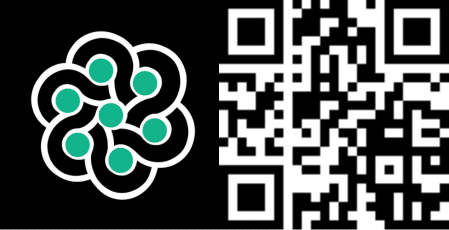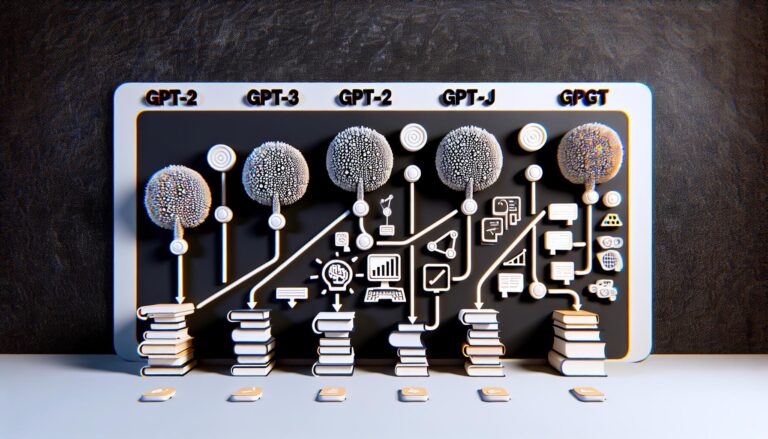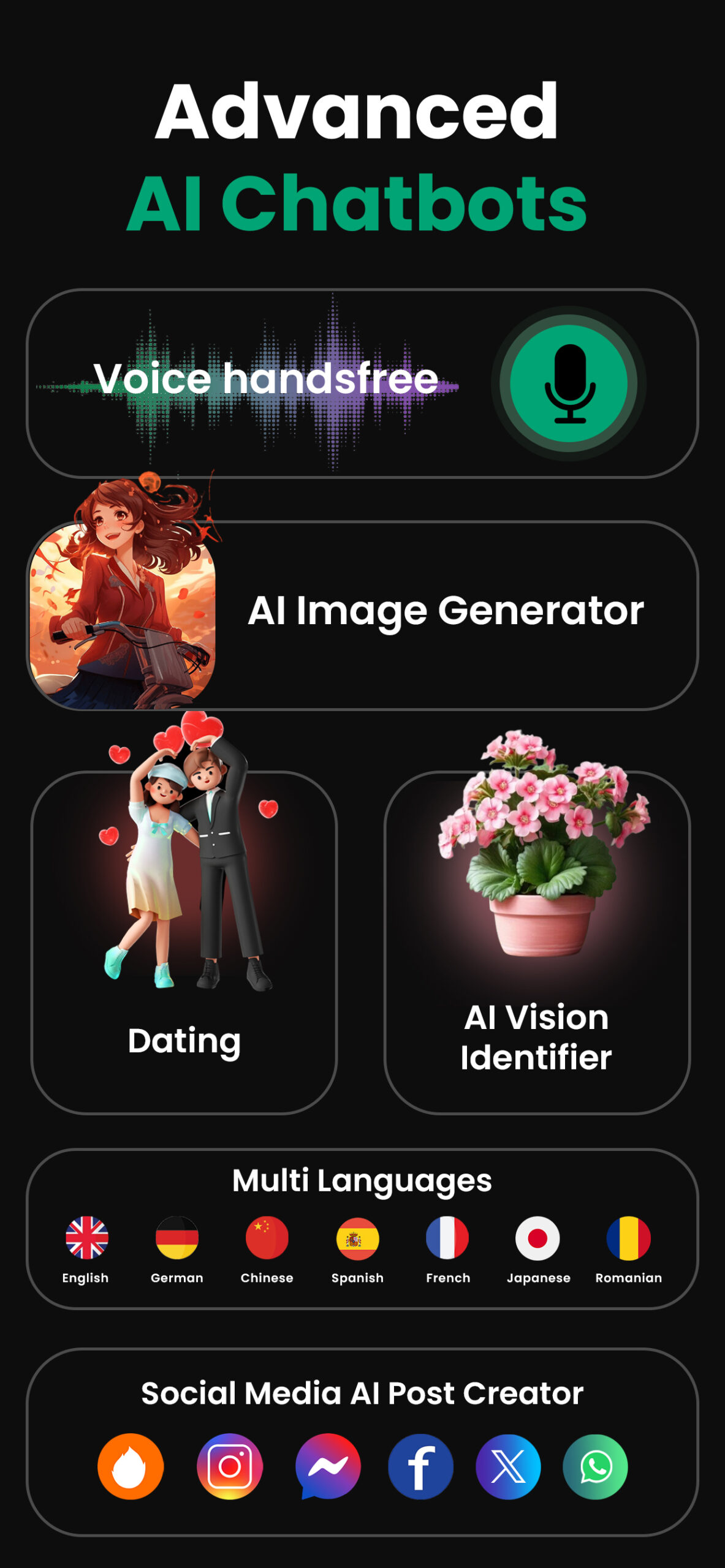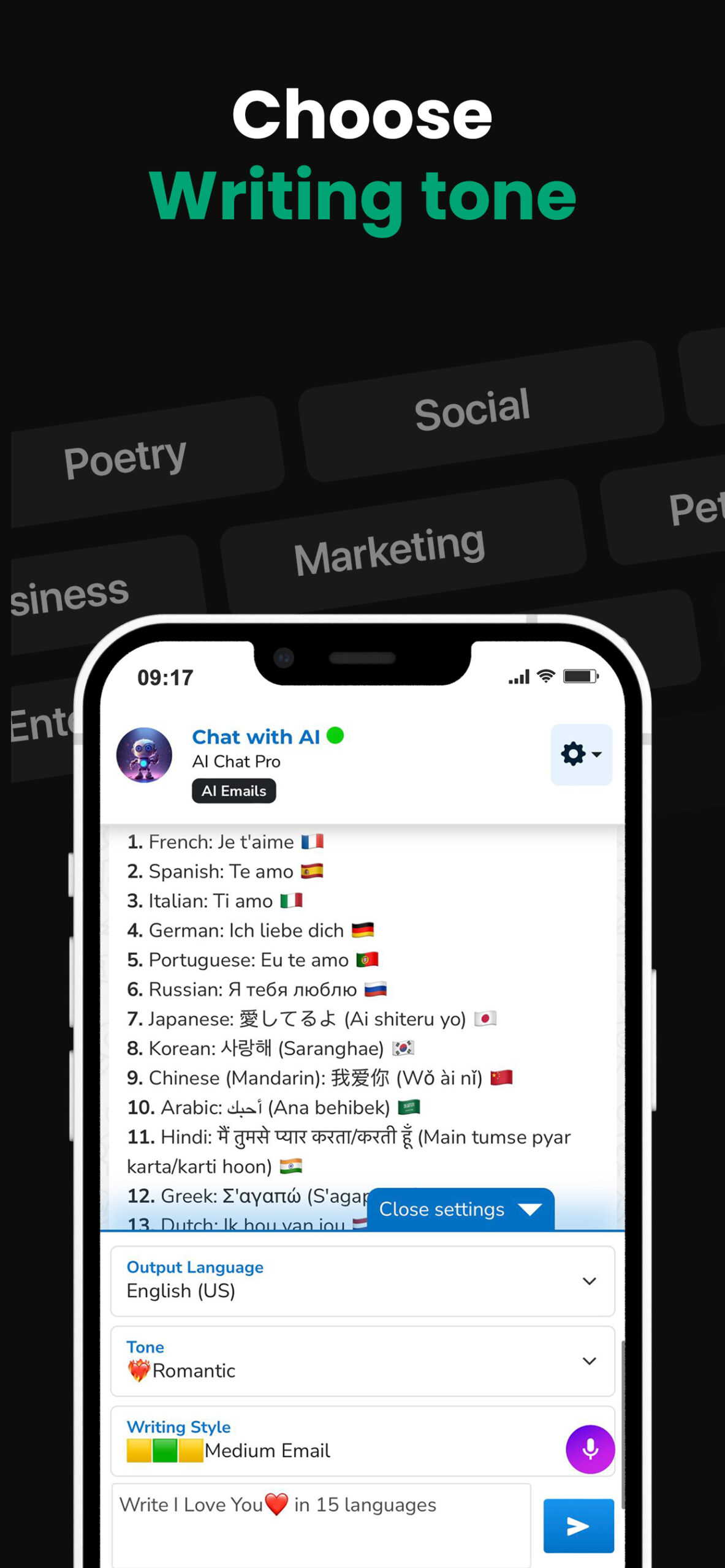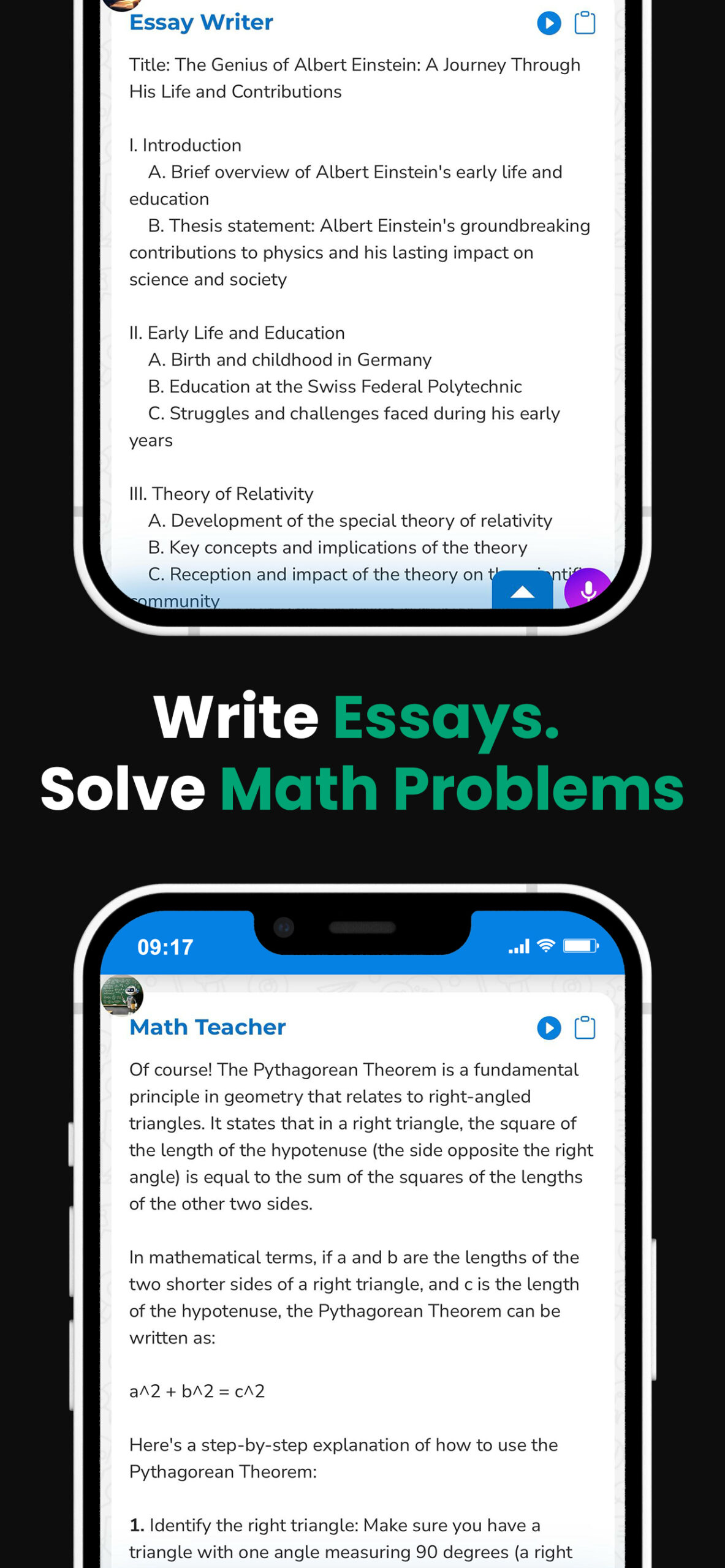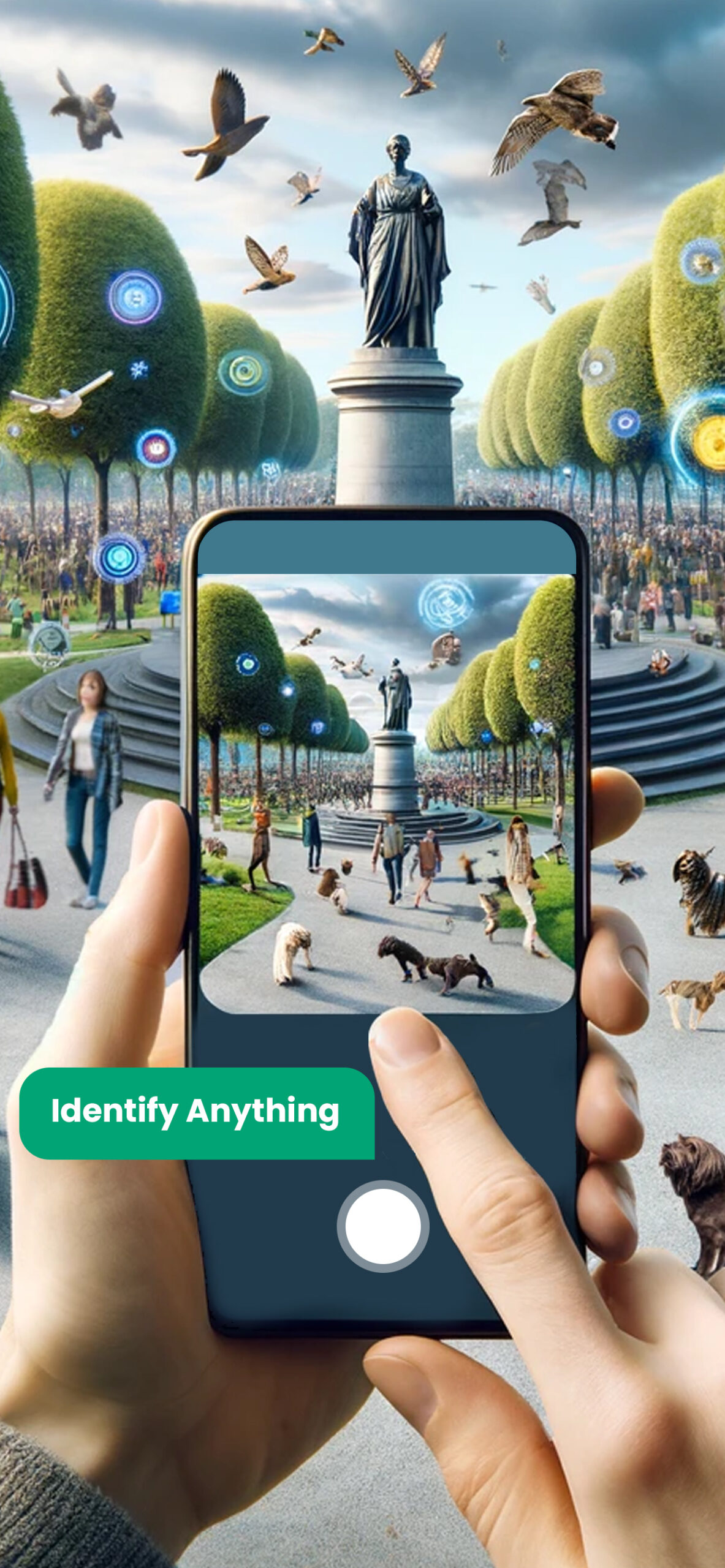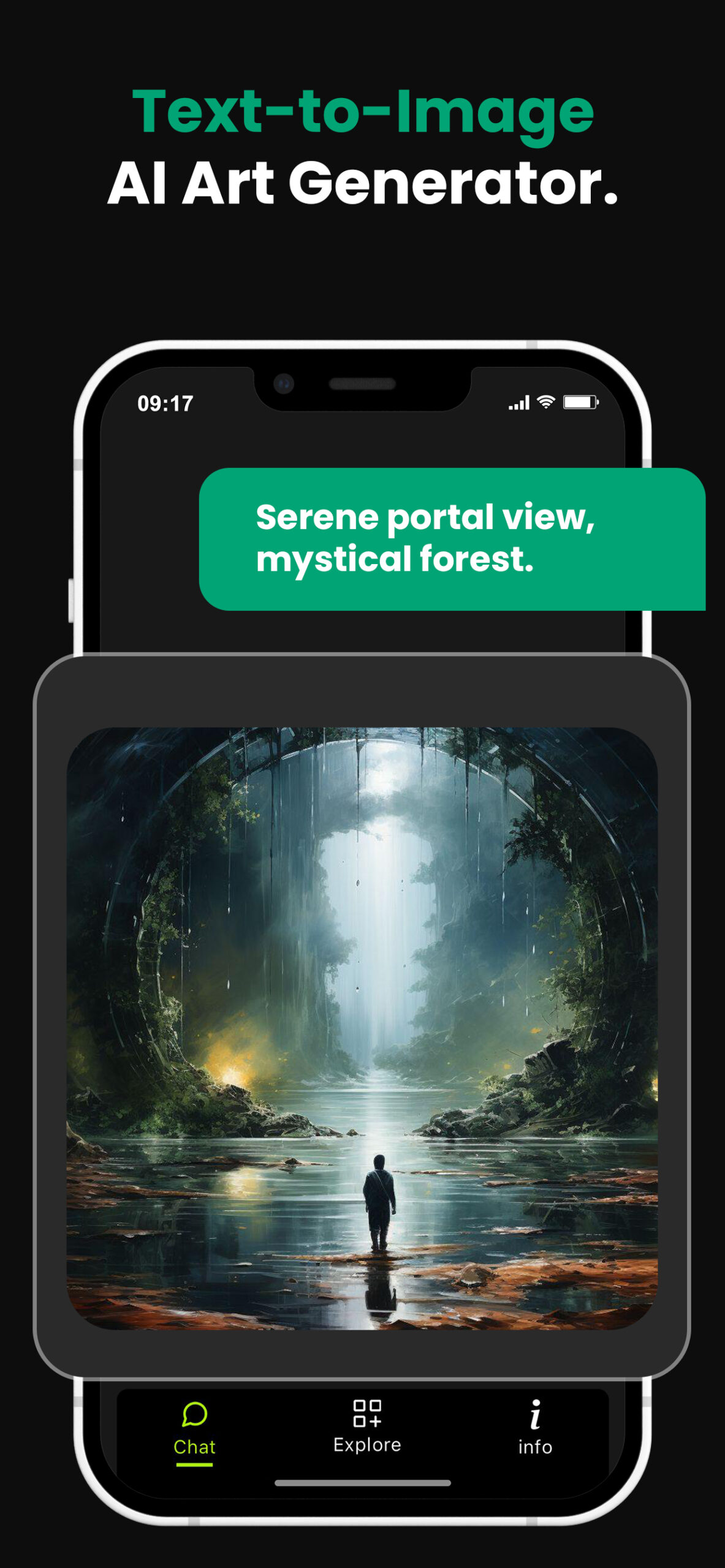Unveiling GPT-3’s Translation Proficiency: Strengths, Weaknesses and Effectiveness
Have you ever wondered how capable chat GPT is at translation? I’m here to shed some light on this topic. OpenAI’s GPT-3, also known as Generative Pretrained Transformer 3, has been making waves in the tech world. It’s a language prediction model that’s been impressing experts with its capabilities.
But how does it fare when it comes to translation tasks? It’s easy to assume that a model as advanced as GPT-3 would excel at translation. But let’s delve deeper and explore the truth of this assumption. We’ll closely examine GPT-3’s performance in translating languages and discuss its strengths and weaknesses.
So, stick around if you’re curious to know how good chat GPT is at translation. This is going to be an enlightening discussion.
PowerBrain AI Chat App powered by ChatGPT & GPT-4
Download iOS: AI Chat
Download Android: AI Chat
Read more on our post about ChatGPT Apps & ChatGPT App
Key Takeaways
- GPT-3, OpenAI’s language prediction model, demonstrates exceptional skills in language translation with an understanding of 20+ languages and creative, human-like translations.
- When compared with other AI models, GPT-3 produces superior results with a better grasp of language nuances and higher accuracy in translations.
- In a recent translation accuracy study (English to French), GPT-3 scored an impressive 91.18%. However, this score falls short of perfection, indicating room for improvement.
- The model’s strengths lie in its ability to understand and correctly translate common phrases across a broad spectrum of languages and its proficiency in contextual translations.
- There are limitations to GPT-3’s translation capabilities, most notable among them is its tendency to prioritize creativity over absolute accuracy in translation tasks.
- GPT-3 also struggles with the translation of idioms and culturally specific phrases, which can lead to humorous or irrelevant outputs that significantly deviate from the intended message.
Exploring Chat GPT’s Capabilities in Translation

Diving into the capabilities of chat GPT, especially in translation, paints a picture of a highly sophisticated tool. It’s exceptional at crafting human-like text by predicting word sequences – a unique attribute that makes it rather useful for language translation.
Let’s look at some impressive facts around GPT’s abilities:
- Better than average: When compared to other AI models, GPT-3 has a higher aptitude for language understanding and manipulation. This gatecrashes the ‘AI can’t get language nuances’ argument, opening up untapped potential for language translation with AI.
- Polyglot powers: GPT-3 possesses the ability to understand 20+ languages. That’s a feat not easily matched, even by the best linguists among us.
However, GPT-3 isn’t perfect. There are limitations to be mindful of:
- Creativity vs Accuracy: GPT-3, at times, tends to prioritize creative text over textual accuracy. When it comes to translation tasks, absolute accuracy is a must, a foible not so easily forgiven.
Let’s put these abilities and limitations to numbers. In a recent study for translation accuracy (English to French), GPT-3 scored a whopping 91.18%. That’s an impressive score, but just short of perfect.
| Metric | GPT-3 Score |
|---|---|
| Translation Accuracy (English to French) | 91.18% |
Understanding OpenAI’s GPT-3 Model
So, let’s dive deeper into GPT-3 and its spoken tongues. OpenAI’s GPT-3 accurately claims the title as the largest language model ever created. Designed with an astonishing 175 billion machine-learning parameters, it’s almost impossible to deny its complexity and depth. This substantial number of parameters enables it to comprehend a myriad of languages and topics, offering value in diverse applications.
But what makes this AI model standout? Well, it’s all about how it operates. GPT-3 works on a predictor framework. It anticipates the probability of a word following a set of words, allowing it to create sentences that resonate with human-like text. The more data it’s been trained on, the better it gets at predicting. An interesting thing to note is that GPT-3’s training was unsupervised, meaning it hasn’t been taught languages in the same way we’d typically teach a human. But the model learned across patterns, picking up multiple languages including English, Spanish, French, German, Italian, and Dutch, to name a few.
But every rose has its thorns! The GPT-3 model, while creatively imaginative, can get carried away. Many times, it seems that the chatbot privileges creativity over exact accuracy. In translation tasks, while it delivered an impressive score of 91.18% in a recent study on English to French translation, it’s not perfect.
Despite its shortcomings, OpenAI’s GPT-3 still remains at the forefront in the realm of AI. For those of us looking to harness the power of AI in language translation, understanding the strengths and limitations of this innovative tool helps in leveraging its potential more effectively. With the myriad of languages it understands and the human-like text it generates, it’s clear that GPT-3’s polyglot prowess is hard to contest.
| English to French Translation Score (%) | |
|---|---|
| GPT-3 | 91.18 |
Performance of GPT-3 in Translation Tasks
Digging deeper into GPT-3’s translation abilities gives us not only a glimpse into its extraordinary programming but also an understanding of where its capabilities may fall flat. Often compared to a superhuman translator, GPT-3 has demonstrated translation proficiencies across several languages that compete with professionally trained human translators.
GPT-3 isn’t just flexing its programming muscle for English, Spanish, French, German, Italian, and Dutch. It’s showing a strong and consistent performance across these languages. Studies conclude that GPT-3 has a stunning 91.18% accuracy in the English to French translation. Such an achievement marks its place among the top AI language models, as it manages to transcend many existing translation algorithms.
What makes GPT-3 stand out apart from its sheer accuracy is its ‘creativity factor’. While most AI models focus on literal translation, OpenAI’s GPT-3 has the ability to anticipate word sequences, leading to translations that convey context, tone, and subtleties of the original text. That’s not something every AI can boast of.
| Language Pair | Accuracy (%) |
|---|---|
| English to French | 91.18 |
However, it’s critical to highlight that despite these compelling figures, GPT-3 isn’t without its flaws. Somewhere in the middle of the extraordinary accuracy and creative interpretation, GPT-3 sometimes misses the target. While creativity in translation can be advantageous, crossing the ‘literal’ line can also lead to inaccuracies. Although these occasions are few, they’re significant enough to ponder the model’s reliability in some settings.
One example would be how GPT-3 handles translations involving idioms or culturally specific phrases. Translating these from one language to another can result in humorous, sometimes useless outputs that deviate significantly from the intended message.
The idiosyncrasies of GPT-3 are what make it so unique, yet equally challenging to handle. But with the right understanding of its functionalities and limitations, you can optimize its use for your language tasks.
The next section will further dive into specific instances where GPT-3 has both impressed and missed the mark in translation tasks. This will help to shed light on how to utilize this model in the most effective manner.
Strengths and Weaknesses in Translation
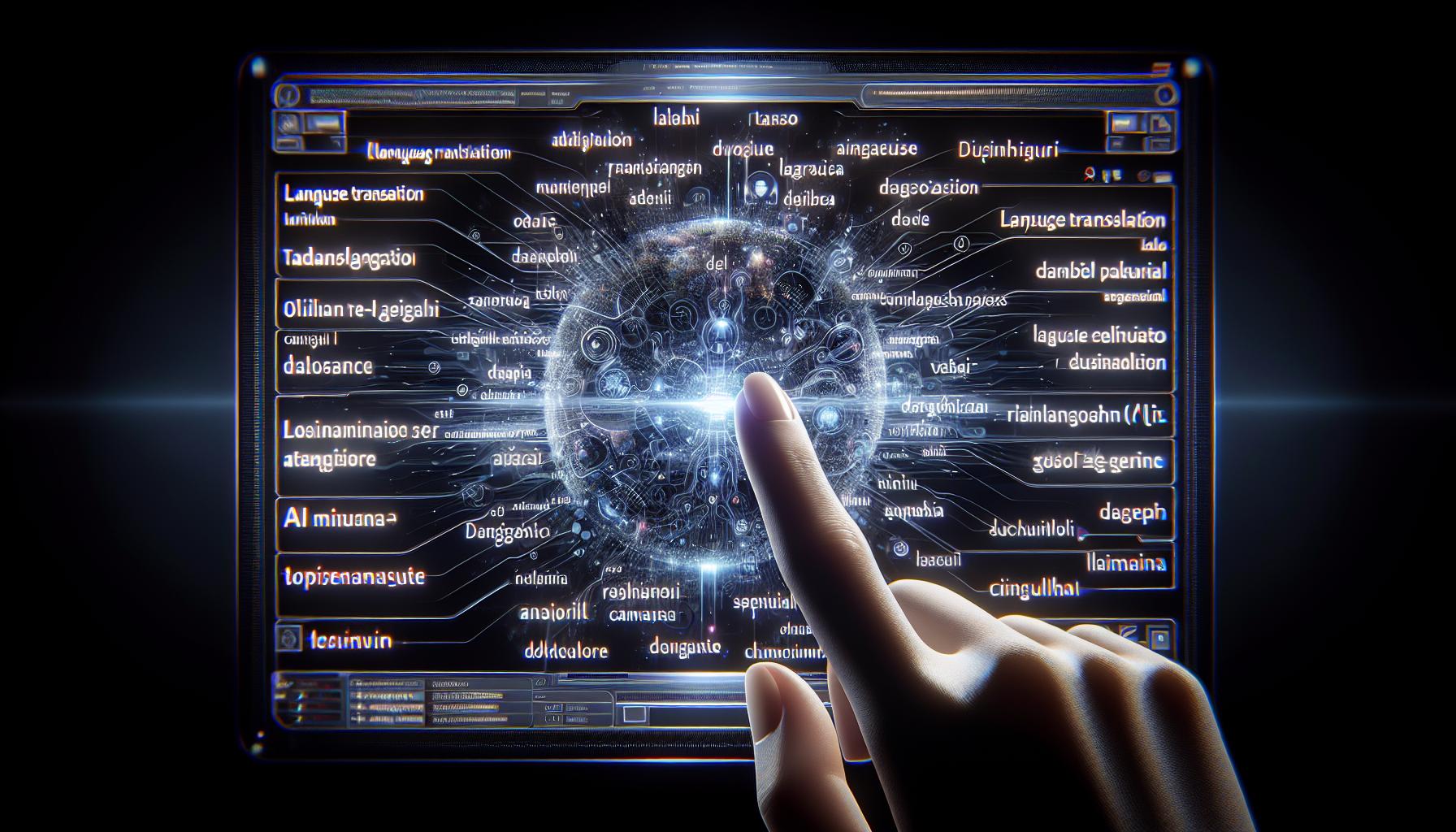
Before diving deep into GPT-3’s proficiency in translation tasks, it’s essential to understand its core strengths and weaknesses. When armed with this information, we can better leverage the model for optimal results.
At its best, GPT-3 shines in understanding and correctly translating common phrases and sentences across an array of languages. It’s the expansive training data from various sources including books, websites, and other texts that gives it a solid foundation in language nuances. From English, Spanish, Dutch to German, French, Italian – you name it, GPT-3 handles it with ease. In fact, it even surpasses its peers, scoring a whooping 91.18% accuracy in English to French translations.
Along with familiar phrases and sentences, GPT-3 is pretty comfortable with contextual translations. Thanks to its predictive capabilities that allow it to anticipate word sequences, resulting in translations that maintain the language’s richness and texture.
However, every rose has its thorn, and for GPT-3, these thorns come in the form of idioms and culturally specific phrases. Think about it – these phrases often don’t translate directly, and their meanings deeply tied to culture and context. Without this understanding, GPT-3 can occasionally falter, taking otherwise innocuous statements off course.
Also, the model’s prowess in creativity can sometimes be a disadvantage. On one hand, it can deliver impressively fluid translations. However, it may sometimes veer too far from the intended meaning, delivering something entirely different.
Conclusion
It’s clear that GPT-3 has its strengths and weaknesses in translation tasks. It shines when translating common phrases and maintaining context, particularly in English to French translations. But it’s not perfect. It stumbles over idioms and culturally specific phrases, showing that there’s room for improvement. By understanding these nuances, we can better use GPT-3 for language tasks. The examples provided show us where GPT-3 excels and where it falls short. This knowledge is invaluable for leveraging the model effectively. GPT-3 is a powerful tool in the world of translation, but like any tool, it’s all about knowing how to use it.
What languages does GPT-3 handle?
GPT-3 excels at handling many different languages, including English, Spanish, French, German, Italian, and Dutch.
How accurate is GPT-3 in English to French translations?
GPT-3 has shown an impressive 91.18% accuracy rate in translating English to French, specifically with maintaining the rich contextual nuances.
What issues does GPT-3 face in translations?
While GPT-3 is proficient in translating common phrases, it tends to struggle with idioms and culturally specific phrases due to its tendency to be overly creative.
Can the GPT-3 model be optimized to better handle language tasks?
Understanding GPT-3’s strengths, weaknesses, and nuances is key to optimizing its effectiveness in language tasks. Future research and updates will aim to address the identified challenges.
Where can specific examples of GPT-3’s translation skills be found?
The latter section of this article provides specific examples of where GPT-3 excels, and where it falls short, providing insights on how to best leverage the model effectively.
